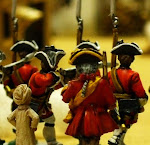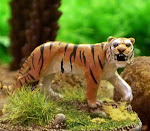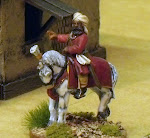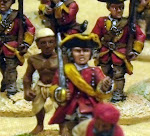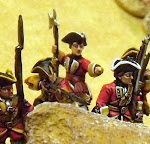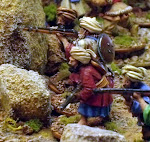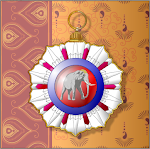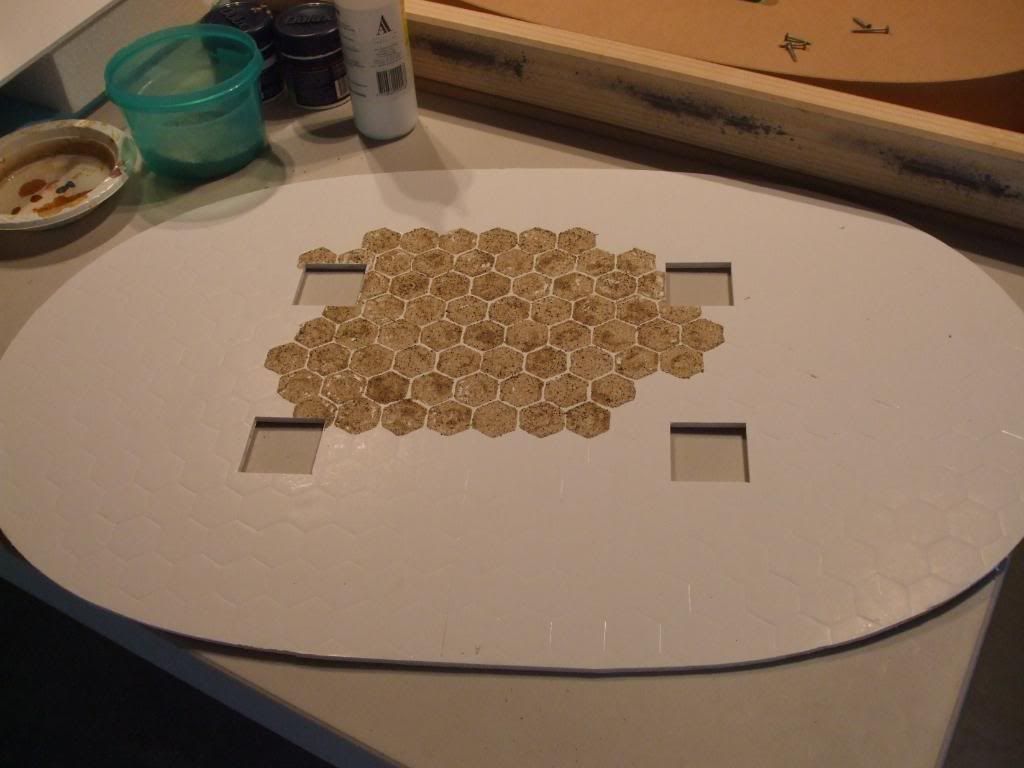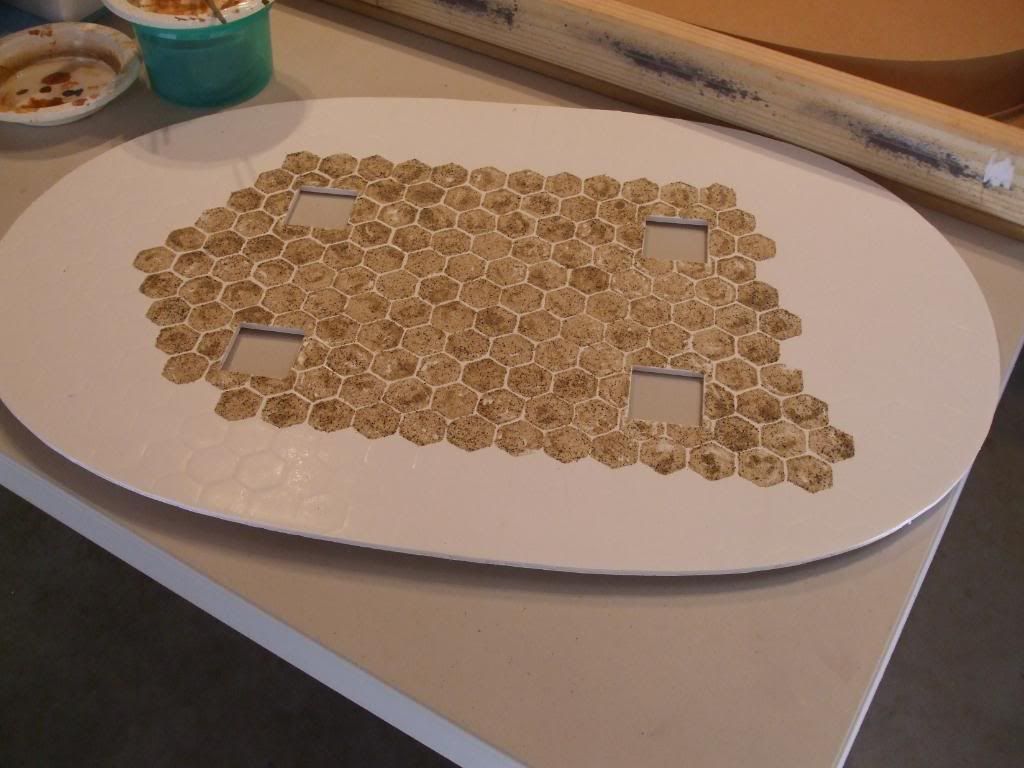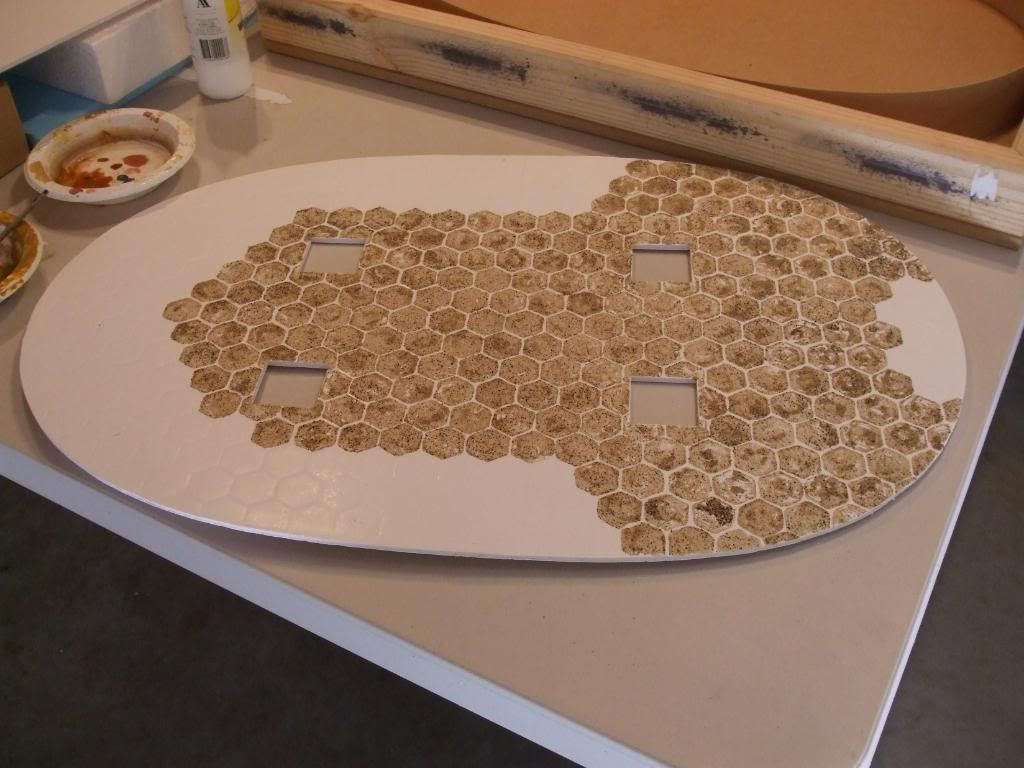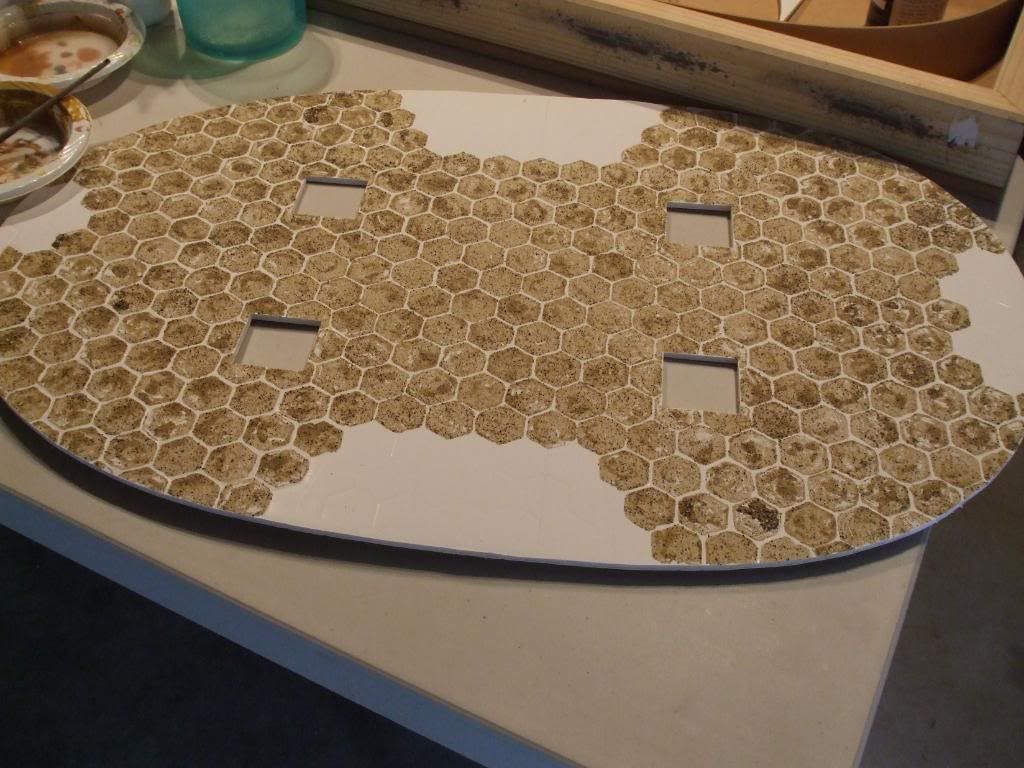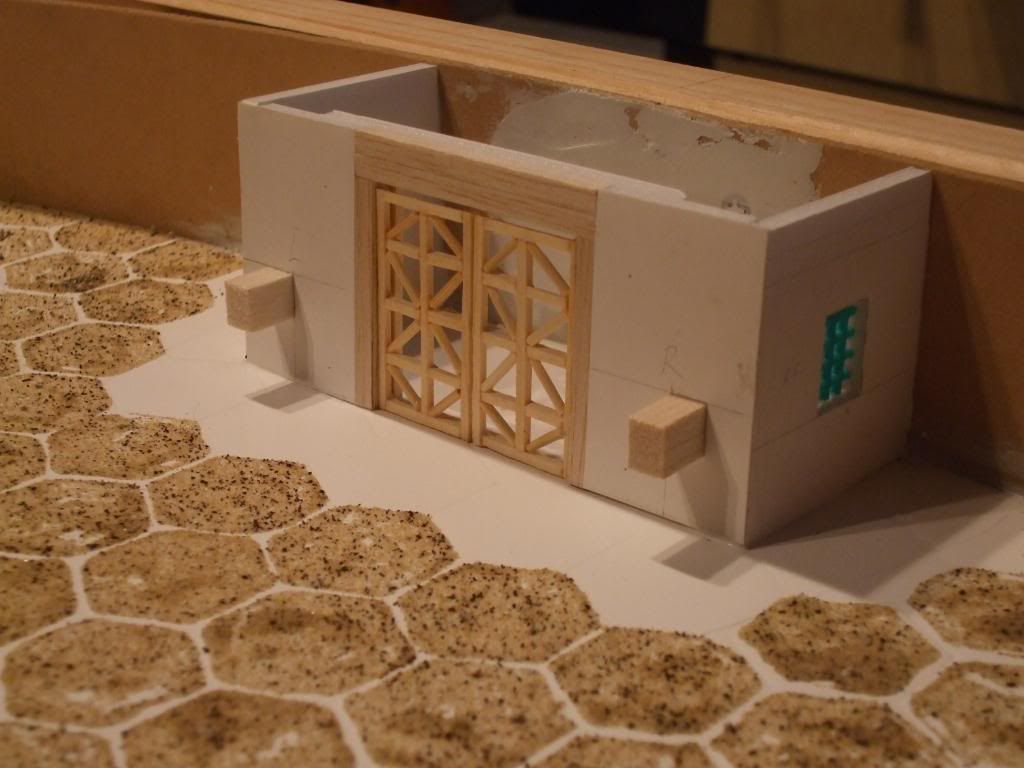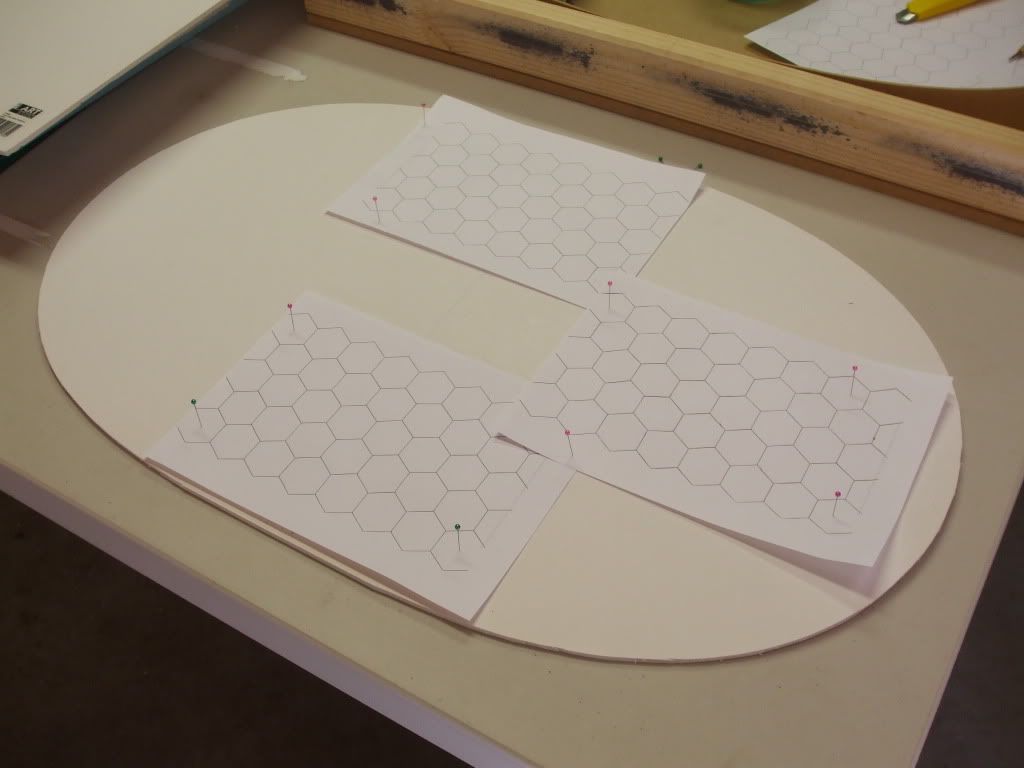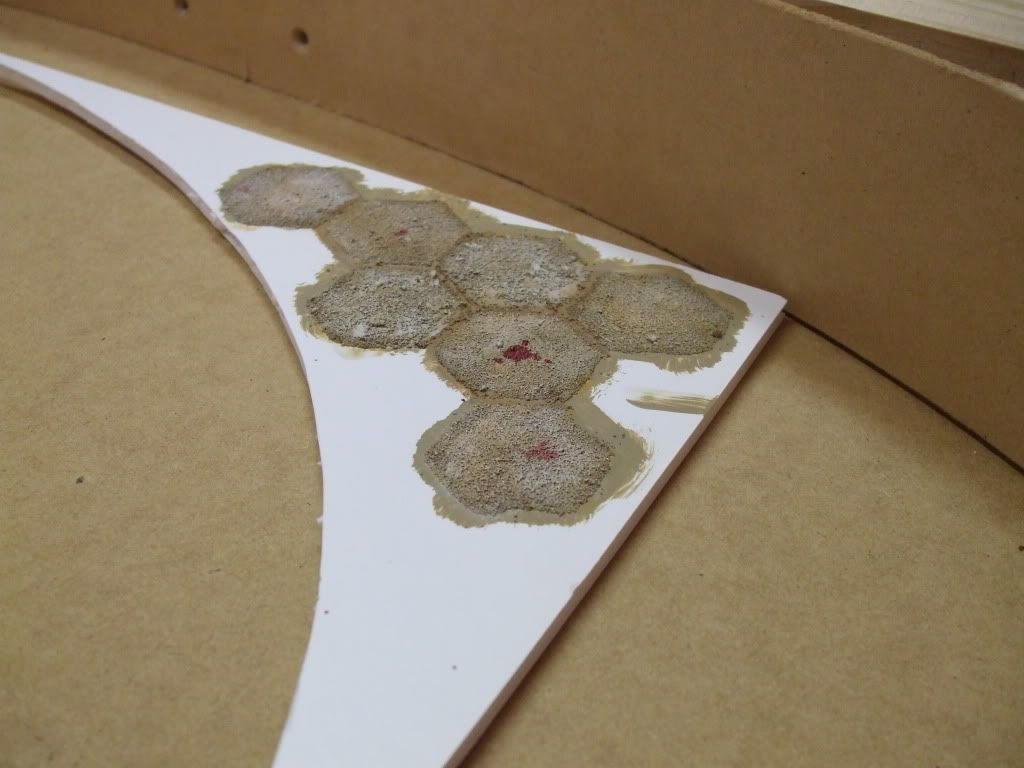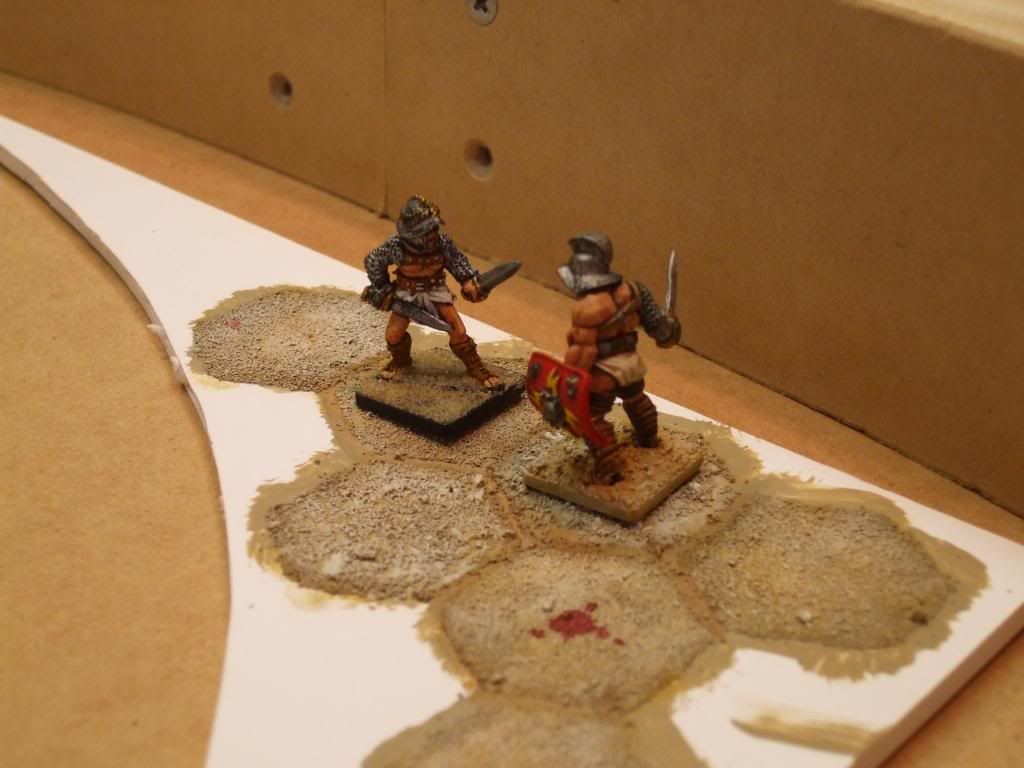I want 3-4 main entrances to the arena, where gladiators, beasts, chariots etc can enter and leave. Looking at some real world arenas for inspiration, I've learned that most have an entrance at either end of the oval in a recessed area. I really like the look of these, but unfortunately due to the design of my curved walls, I'm unable to reproduce a similar recessed doorway. In hindsight I could have allowed for this when building the initial frame, by making the curved wall sections in 4 pieces rather than 2, and leaving a gap for the doorways. For now I'll ponder this a little more and concentrate on the "boxes" that protrude into the arena.
I found some awesome sketches from the Gladiator movie done by
Mat Harris. The one below shows "The Announcing Platform", where the announcements for the combats are conducted. I liked the fact that this would sit directly across from the "Editor's Box", where the Editor would have the best view of the entering combatants.
(Click images to enlarge)
 |
| The Announcing Platform |
Of course this is not the Colosseum, so my "Announcing Platform" would be considerably less elaborate and a lot smaller. Firstly I started with the gates. I really like the crossed effect and I think it looks really Roman, so I tried to simulate that. I made a template in MS Word, printed it out and started chopping up matchsticks and toothpicks.
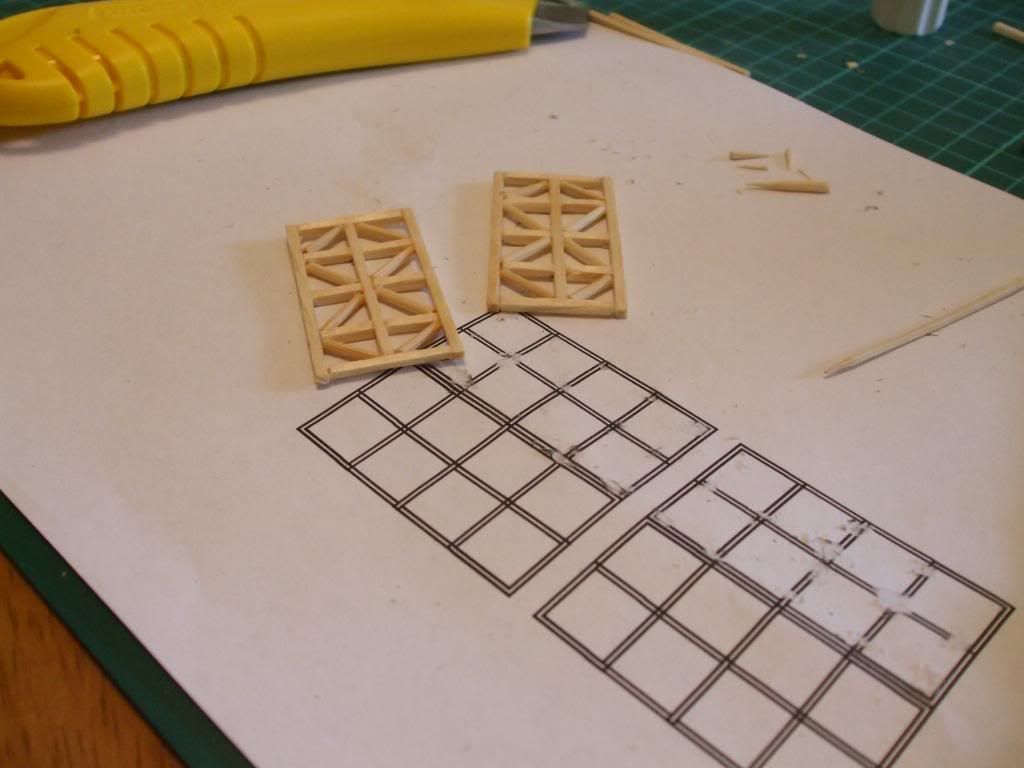 |
| Gate templates and the finished gates. |
It is pretty fiddly gluing little pieces of wood together, but the template helped a lot.The whole thing did get glued to the paper but you can easily cut it away with a knife.
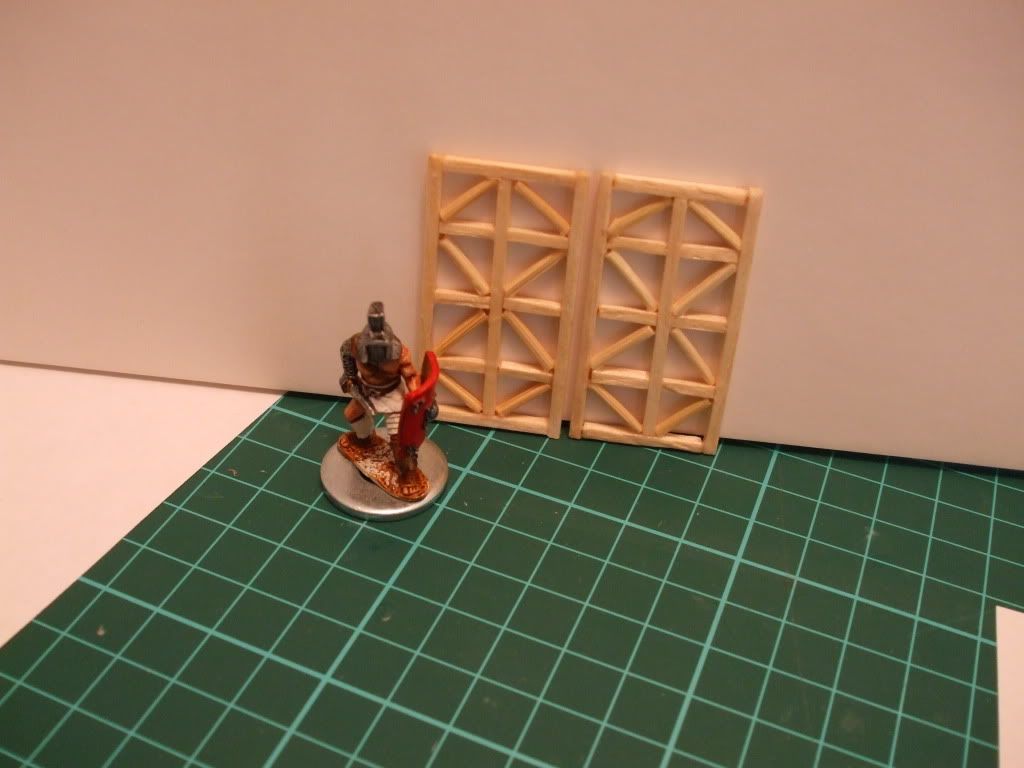 |
| The gates next to a gladiator. |
I decided on a simple wooden gate frame made of balsa with surrounding foamboard walls. I allowed for a foamboard recess to hold the gates firmly within the gateway.
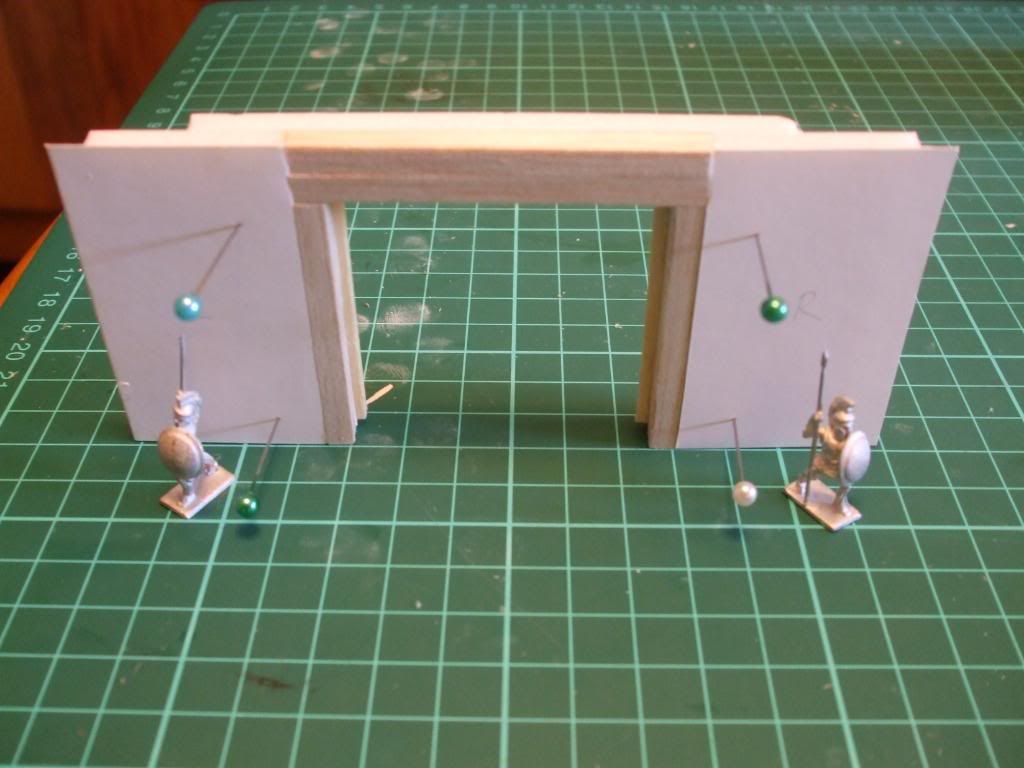 |
| The gateway made of balsa. |
The two little guys are 15mm Greek hoplites that I bought years ago for an army that never happened. I liked the look of a couple of warrior looking statues flanking the gateway so incorporated them into the design.
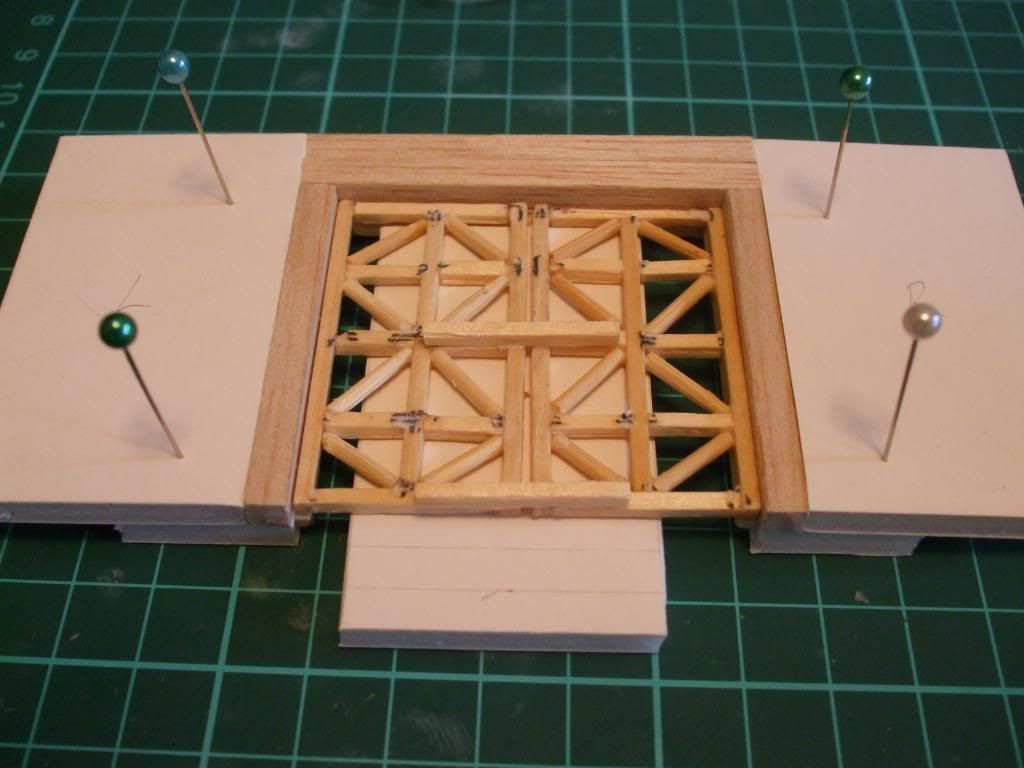 |
| It all fits snugly. |
The "Announcing Platform" protrudes about 6cm into the arena. The sides are simple foamboard with a cut out window filled with sturdy "fly swatter" bars.
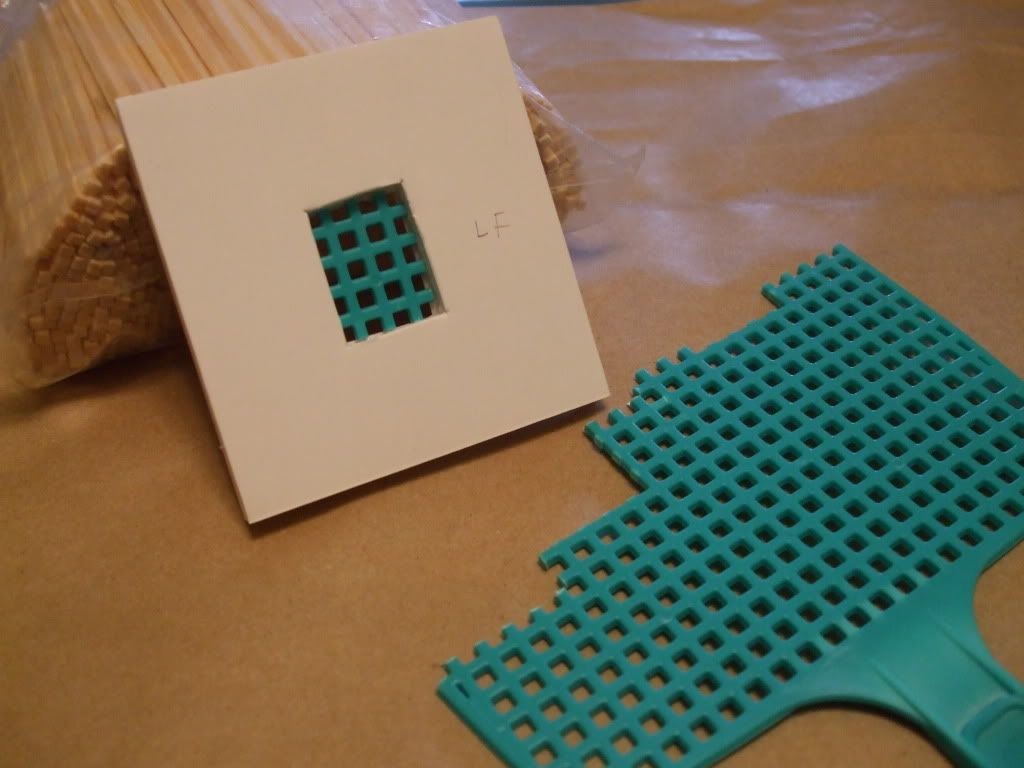 |
| The sides with "fly swatter" bars. |
Here is the whole thing assembled. I added two balsa plinths to sit my statues on to either aside of the gateway.
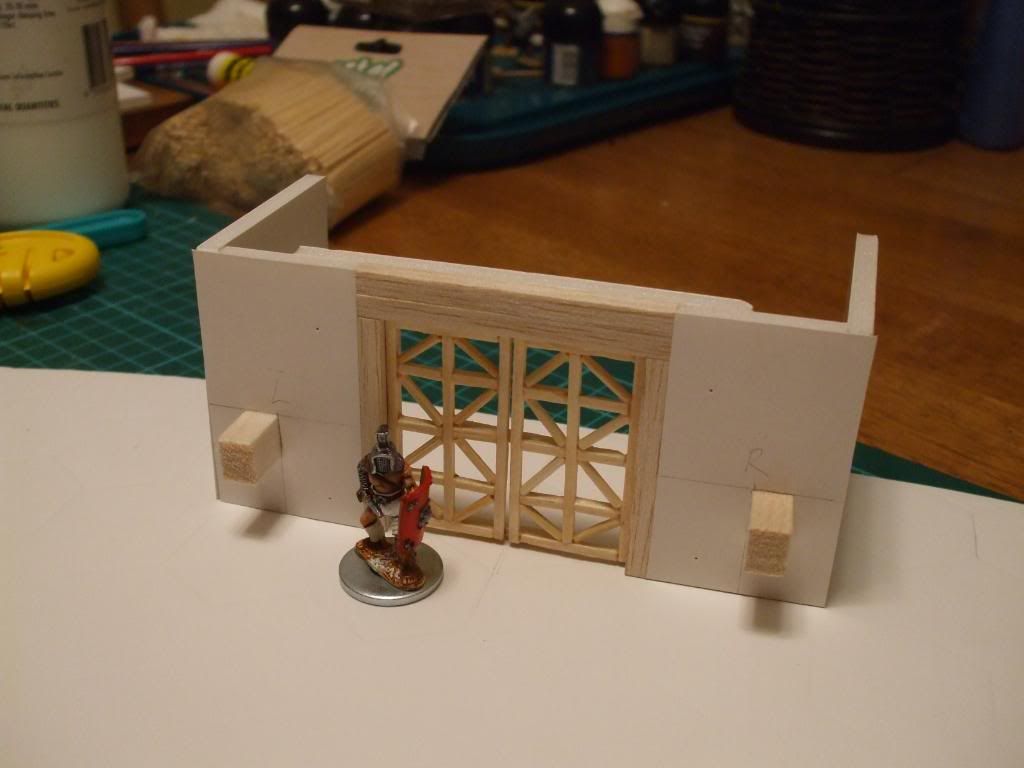 |
| The completed gateway of the "Announcing Platform". |



